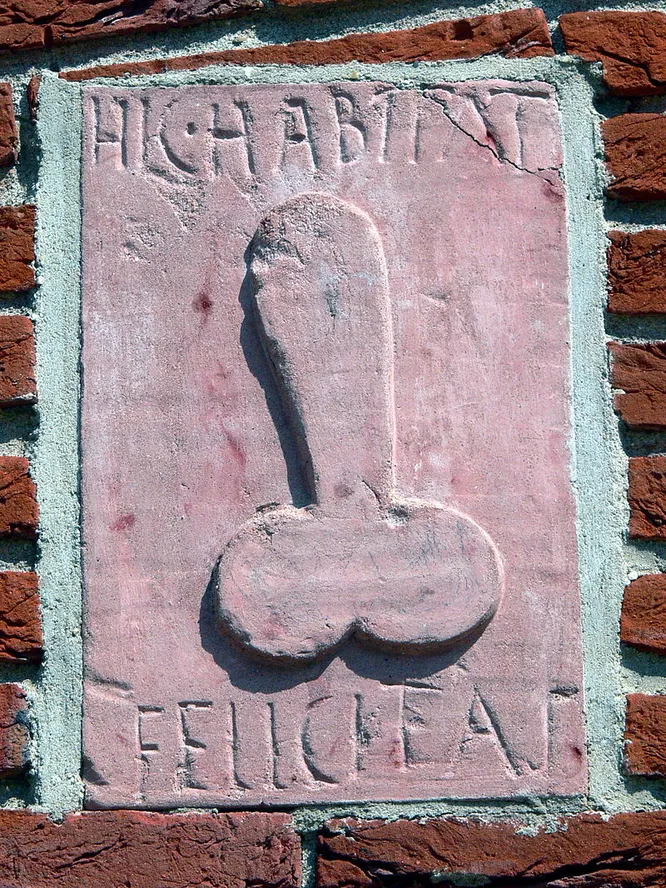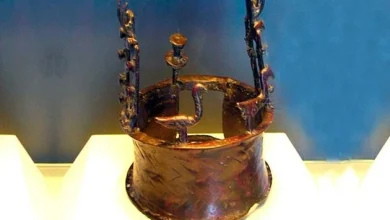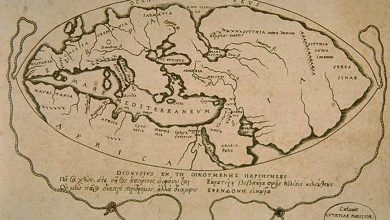Why did the ancient Romans depict genitals on millstones: a rare find
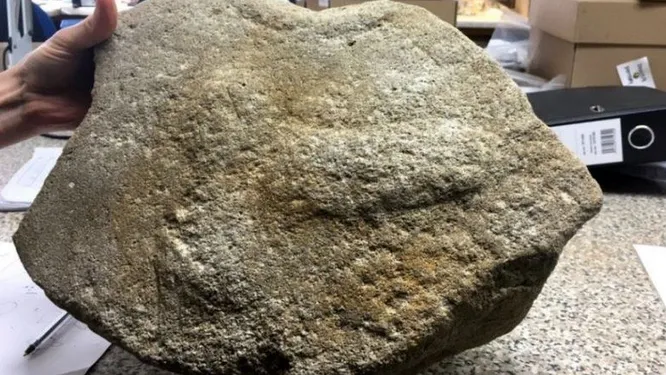
During road construction in the United Kingdom, workers uncovered a unique millstone from the Roman Empire by mistake. The discovery overjoyed archaeologists since it is the fourth Roman-British millstone to have such a sign etched on it.
Previously, it was thought that the phallus emblem brought good luck; hence, sites “marked” with such decorations were significant in people’s lives.
Archaeologists unearthed around 300 querns (stone tools for manual grinding) and millstones while modernizing the highway. Scientists point out that although such findings are not uncommon, finding a carved decoration on such implements is a major accomplishment. Only four of the 20,000 millstones discovered in the United Kingdom exhibit a similar motif.
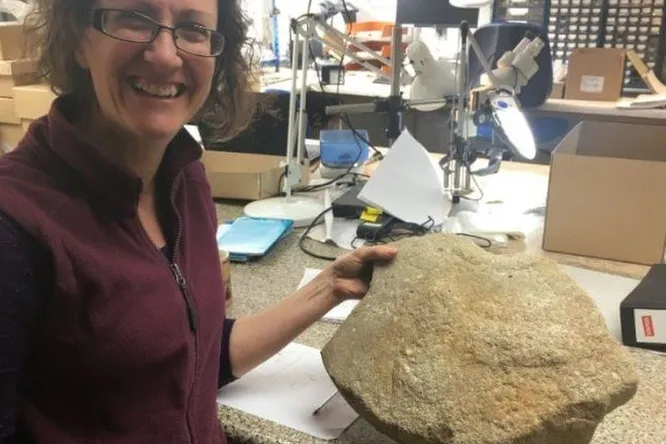
Weapons with phallic symbols used to be a sign of masculinity and power. Legionnaires commonly wore a phallus-shaped charm, which gave them good luck in combat, according to mythology.
In Pompeii, one of the most renowned specimens of the phallus figure “for good luck” was discovered. An apotropaic relief (a talisman-like charm) was found in the old bakery, with the phrase “Hic habitat Felicitas,” which means “Here you will find happiness.”
“This millstone is a highly significant discovery, not just because it is one of four notable specimens of Romano-British millstones adorned in this fashion,” said Dr. Ruth Sheffrey, one of the archaeologists working on the road restoration site. He also mentions that this location was likely highly significant to humans in the past since it possessed “protective powers.”
